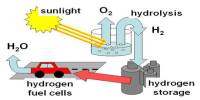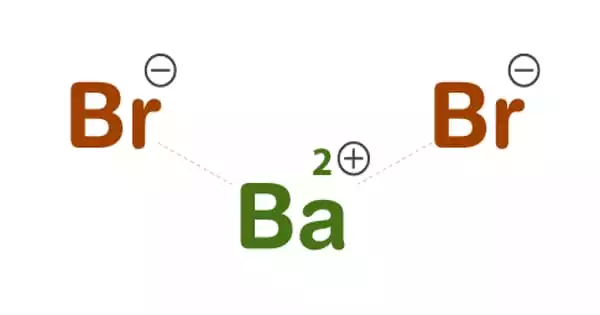Solar hydrogen panels, also known as photovoltaic-electrolysis systems or photoelectrochemical cells, are solar-powered devices that use water splitting to make hydrogen gas. It is an artificial photosynthesis device that produces photohydrogen directly from sunlight and water vapor using photocatalytic water splitting, thereby avoiding the conversion losses of the traditional solar-hydrogen energy cycle in which solar power is first harvested with solar panels and then converted to hydrogen with electrolysis plants.
The hydrogen and oxygen evolution events in the solar hydrogen panel take place in the gas phase in cathode and anode compartments separated by a membrane. Anion exchange membranes create an alkaline environment, allowing earth abundant minerals to be used as electrocatalysts. To accomplish this function, these panels often combine solar cells with an electrolyzer.
Here’s a brief overview of the process:
- Photovoltaic Cell: The solar hydrogen panel is made up of photovoltaic cells, which absorb sunlight and turn it into electricity. This is the same technology that is utilized in conventional solar panels. The generated electricity is then used to power the electrolysis process.
- Electrolysis: Through electrolysis, the power generated by solar cells is utilized to divide water molecules (H2O) into hydrogen (H2) and oxygen (O2). This involves transmitting an electric current across water, causing the water molecules to break down into their constituent parts.
- Hydrogen Production: The hydrogen created can be stored and used as a clean and renewable energy source in the future. Hydrogen is a versatile fuel that can be used to generate power in fuel cells or directly in many industrial operations.
Because hydrogen is a viable energy carrier that can be used in a variety of sectors, including transportation, manufacturing, and power generation, solar hydrogen panels have the potential to play a key part in the construction of a sustainable energy infrastructure.
















